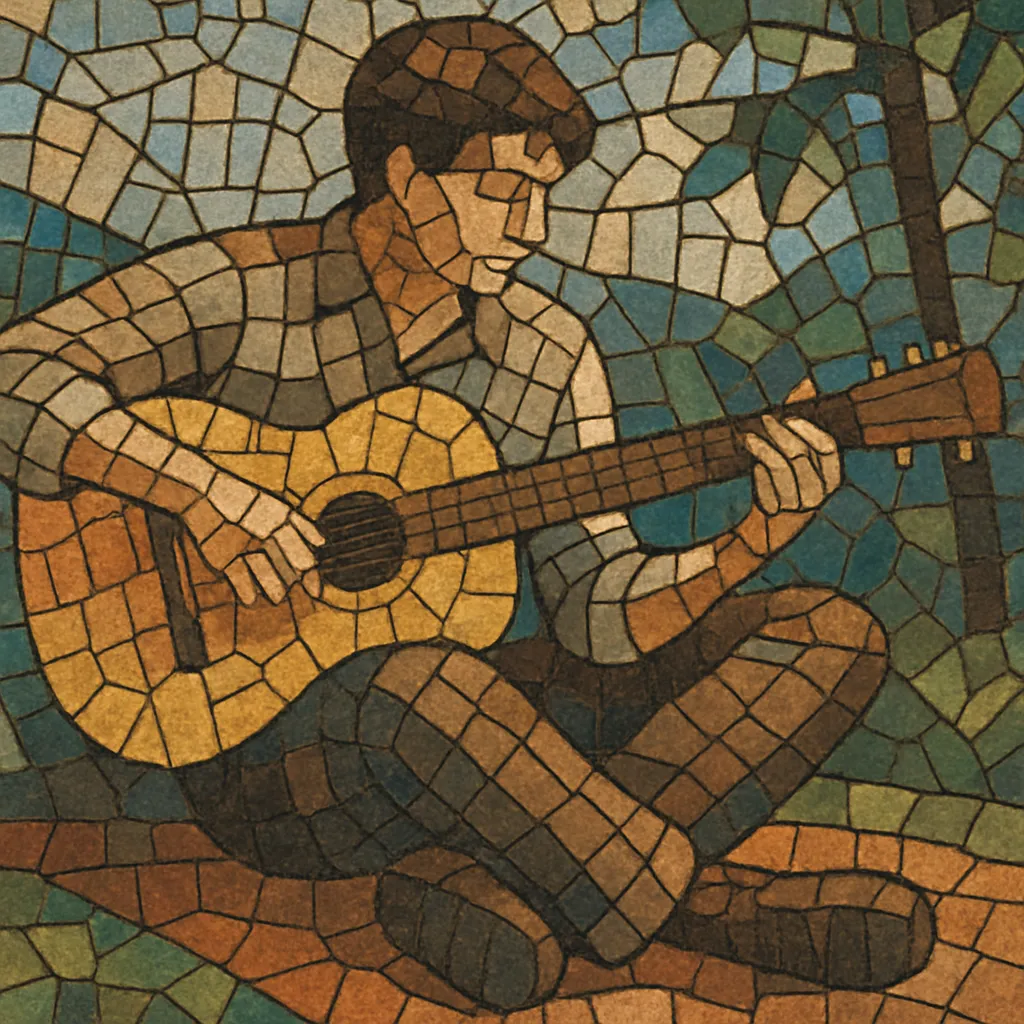Campus folk is a Japanese strain of mellow, acoustic singer‑songwriter music that took shape around university circles and folk cafés. It favors intimate vocals, story‑driven lyrics, and simple, guitar‑led arrangements that feel at home in dorm rooms, coffeehouses, and small "live house" venues.
Compared with the protest‑leaning folk of the late 1960s, campus folk tends to be personal and reflective, focusing on everyday student life, friendship, love, and seasons. Its melodic language bridges Western folk and Japan’s kayōkyoku sensibilities, often yielding bittersweet tunes with understated harmonies and warm, wooden timbres.
Campus folk emerged on Japanese university campuses and in folk cafés ("fōku kissa") as the 1960s student folk boom softened into more introspective songwriting. Young performers with acoustic guitars gravitated from protest songs toward intimate narratives, drawing on Western folk/singer‑songwriter models while retaining kayōkyoku’s melodic directness.
Through the 1970s, campus folk became a mainstream pathway for rising singer‑songwriters. Coffeehouse circuits, campus festivals, and small "live houses" nurtured artists who emphasized clear melodies, fingerpicked guitar, light percussion, and close‑miked vocals. Record labels recognized the format’s immediacy, helping transition several acts from campus stages to national charts.
By the late 1970s, arrangements incorporated soft rock instrumentation and studio polish, helping seed Japan’s "New Music" movement. The songwriting focus—personal, observational, seasonally aware—remained, but production broadened to include keyboards, strings, and fuller rhythm sections, laying a foundation for 1980s city pop and later J‑pop aesthetics.
Campus folk solidified the singer‑songwriter as a central figure in Japanese popular music. Its DNA is audible in New Music, city pop’s reflective ballads, and the acoustic core of many J‑pop acts. The campus circuit model—grassroots performance developing into professional careers—remains a durable pipeline in Japan’s music ecosystem.


